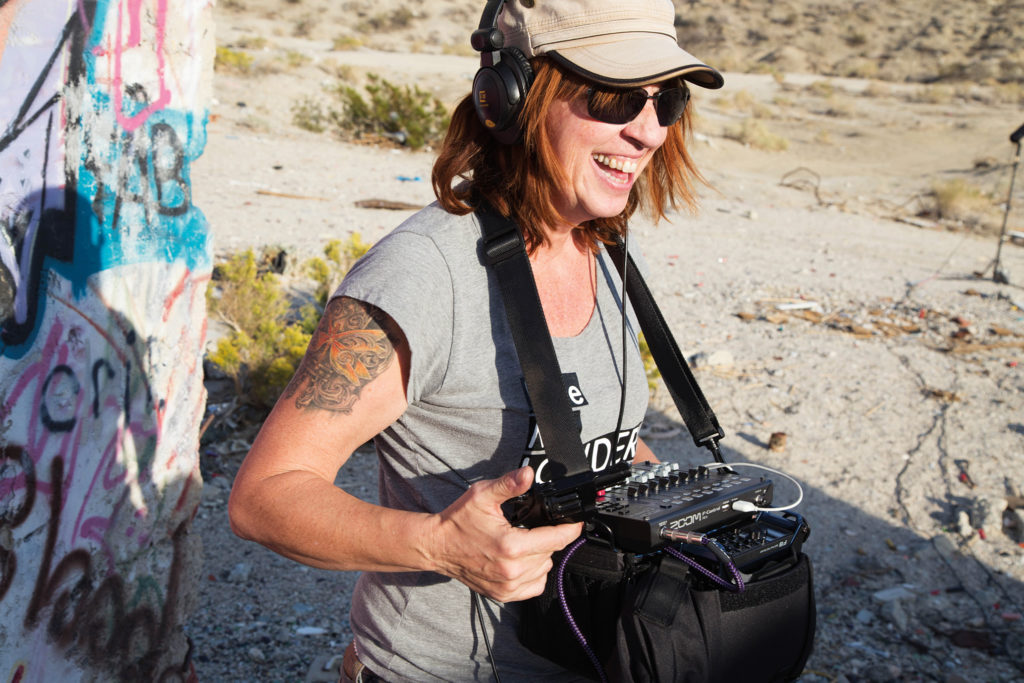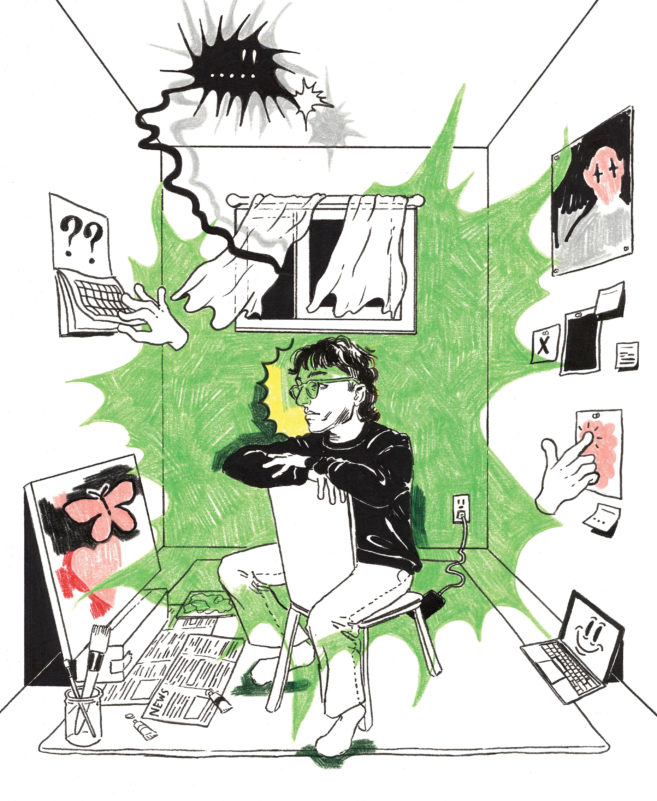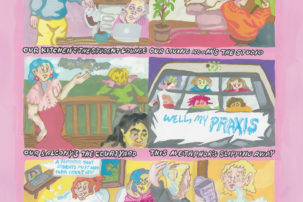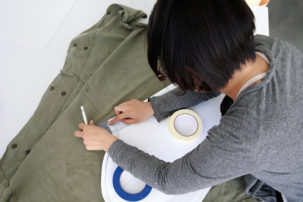Over eight seasons of Game of Thrones, millions of people tuned in to a dramatic saga full of unexpected twists. The life story of Paula Fairfield, who recently won an Emmy for her sound design of the show, has also had some unpredictable shifts.
Before Fairfield became a student at NSCAD in the 1980s, she’d spent her life in the rural Maritimes, by the sea. But then, while studying photography and intermedia in Halifax, she met an artist and teacher who shaped her ideas for decades: “Jan Peacock taught me about the many conceptualizations of alternative narrative structures, and I think that’s stayed with me in my work to this day. Jan’s work is really deep: it’s emotional and visceral, and often extremely poetic. It’s about narrative being able to go off in many directions, and that has been the approach in my work.”
After college, Fairfield apprenticed at the National Film Board’s Studio D with picture and sound editor Les Holman: “I fell in love with the magic of it,” she recalls, and started to explore more aural forms. Fairfield then went on to co-run Charles Street Video in Toronto, a nonprofit independent media production organization. “The whole purpose of Charles Street Video was to provide the top level of tools to artists. A lot of us would crew for each other, and on one of the last projects I did there, I learned Pro Tools.”
During those same years in Toronto, Fairfield started focusing her own art on sound and electroacoustics. “I remember one day listening to the work of Robert Norman, which he described as ‘cinema for the ears’—and I thought, oh my god, I want to do that.” Two of her video works—Fragments and Relative Activities—were already in the collection of the National Gallery of Canada, but she shifted into less visual approaches.
With renewed tech expertise under her belt from working on friends’ productions, Fairfield also started doing sound design on Canadian shows like Due South. “Sound design fit in with my more experimental background as an artist,” Fairfield recalls. “But there were not many women doing it at the time and it was very hard to get hired. I started to take on sound supervising roles, and it seemed all I could get as a woman were low-budget or mid-range projects—but I did those projects and learned as much as I could so
I could experiment later.”
After moving to LA in the late 1990s, Fairfield built up her contacts and experience, working on shows like The River and Lost. She also built her own sound studio, Eargasm Inc., in her garage to have the autonomy she needed. Now, post–Game of Thrones and post-Emmy, this Nova Scotian is coming creative full circle in a California desert.
“Twenty-five years later, I have returned to my own artwork again,” Fairfield says happily. “I just started a new piece, an immersive sound poem about grief that’s also deeply immersed in my background as a Maritimer growing up by the sea.
“In my own art, I could never get to this place of vulnerability before,” Fairfield explains. “But on Thrones, I learned the power of being vulnerable with your work, even when you are voicing someone else’s role.”
Fairfield wants others to feel safe doing that too: “The call for diversity and room for more voices is really, really necessary. It’s an especially potent call in sound, because it’s all about expressing voice.”
This post is adapted from the Canadian Art School Guide, published in our Winter 2020 issue, “Antimatter.” To read the full guide, download the PDF.

 Paula Fairfield at work.
Paula Fairfield at work.






